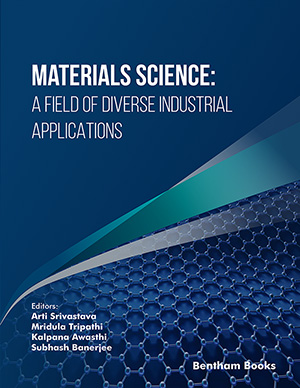Abstract
The application of nanoparticles and nanoelectronic devices is a vast area of
research in the medical field. This is with respect to the efficiency of nanoparticles to
competently aim and pervade specific tissues within the body. Whereas nano electronic
devices can perform real-time analysis of several parameters related to the disease
condition. Medical devices and drug therapies at the nano level, eventually ensure a
much higher level of precision in medicine. Therefore, the healthcare industry is
leveraging this technology for diagnostics and nanomedicine. Various nanoscale
devices are available that can monitor the disease condition of the body either in vivo or
in vitro. Nanotechnology in dentistry has revolutionized the advancement of restorative
materials.
This chapter deliberates nanointerfaces that compromise the durability of dental
restorations, and how nanotechnology has been utilized to adapt them for delivering
long-term effective restorations. Recently, cosmetics have been immensely used with
the development of innovative cosmetic formulations through the incorporation of the
latest technologies. Nano cosmeceuticals is the name given to these products, which
incorporate biologically active ingredients having therapeutic benefits on the surface
applied. Using nanomaterials in devices makes it possible to enhance the mechanical
strength and efficiency of the systems. They have high entrapment efficiency and good
sensorial properties and are more stable than conventional cosmetics. Most of the
nanoparticles are suitable for both lipophilic and hydrophilic drug delivery.
Nanomaterials are widely used in the preparation of anti-wrinkle creams, moisturizing
creams, skin-whitening creams, hair-repairing shampoos, conditioners, and hair
serums. Promising results have been achieved with nanotechnology cancer theranostics
and targeted drug delivery. Apart from high sensitivity, specificity, and multiplexed
measurement capacity, nanodevices have been effective in the detection of extracellular
cancer biomarkers and cancer cells, as well as in in vivo imaging. The chapter
highlights the applications, and research status of nanodentistry and provides an
intuition about future, ethical and safety concerns of nanotechnology. Nanodentistry is
an offshoot of nanomedicine. Its emergence will aid in the maintenance of perfect oral health care using nanomaterials, biotechnology, and nanorobotics. This review abridges
the latest developments in nanoelectronic devices for dentistry & cosmetics. In
addition, the challenges in the translation of nanotechnology-based diagnostic methods
into clinical applications have also been discussed.
Keywords: Nanotechnology, Nanodentistry, Nanoelectronic devices, Nosmeceuticals, Nanomedicine.






















